Wabi sabi art is a Japanese aesthetic that celebrates imperfection and natural aging. It uses simple forms and organic materials to highlight beauty in flaws. This article explores wabi sabi’s principles, techniques, and cultural roots.
Key Takeaways
-
Wabi Sabi art celebrates the beauty of imperfection and impermanence, embracing simplicity and the unique narratives told by flaws.
-
Using natural materials and handcrafted techniques, Wabi Sabi art focuses on authenticity, encouraging a mindful approach to creativity and life.
-
Incorporating Wabi Sabi aesthetics into spaces fosters serenity and authenticity, highlighting each piece’s unique story and character.
Understanding Wabi Sabi Art
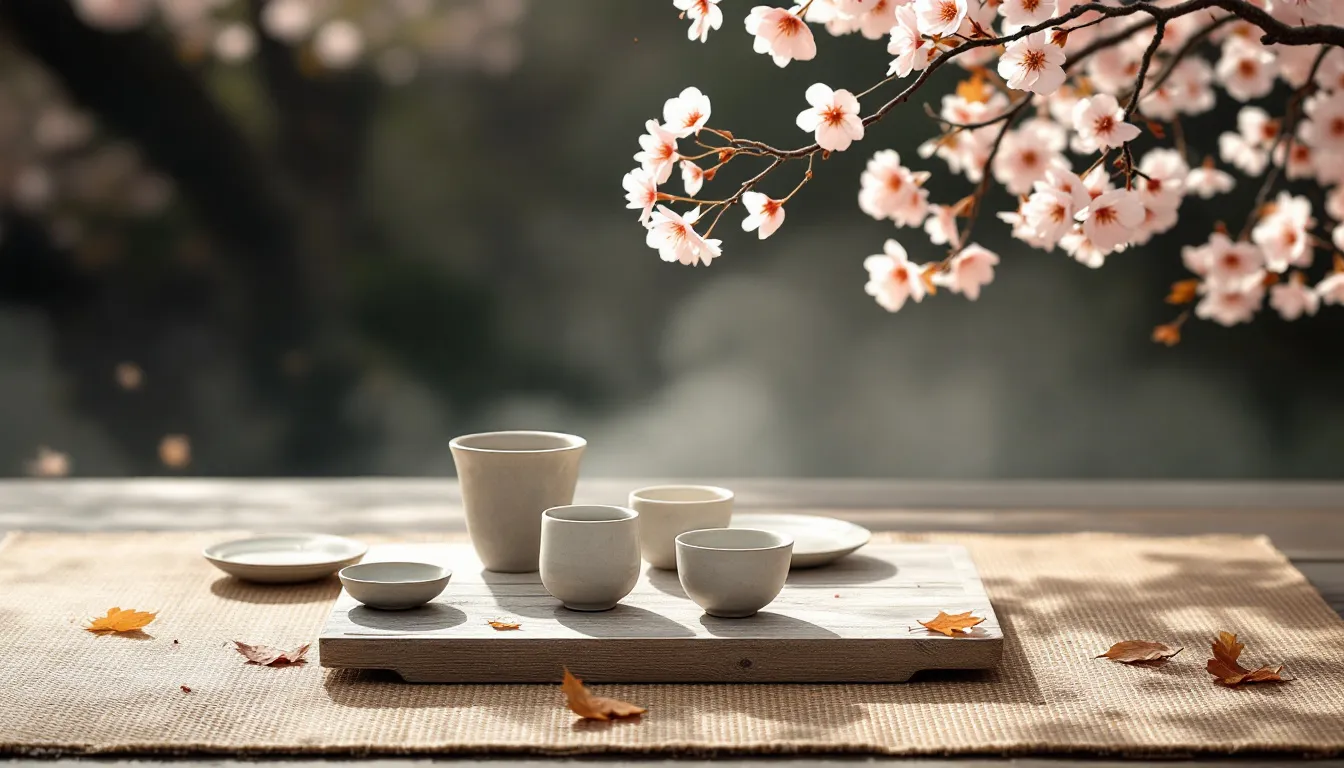
Wabi Sabi art transcends mere visual appeal, embodying a philosophical approach that finds beauty within imperfect, transient, and incomplete aspects of existence. Its essence lies in appreciating fine defects and the inherent allure of blemishes through the use of natural elements, fostering an environment of calmness and simplicity. This philosophy deepens our reverence for life’s fleeting moments while inviting us to discover splendor in ordinary occurrences.
To fully comprehend Wabi Sabi is to delve into its foundational values and cultural significance. This understanding enables recognition of how it cultivates a thoughtful, genuine perspective on both creativity and living. Through embracing this aesthetic viewpoint, we are encouraged to recognize imperfections as integral features that enhance life’s overall tapestry.
Key Principles of Wabi Sabi
The philosophy of Wabi Sabi emerges from two core Japanese terms: ‘wabi,’ which advocates for a minimalist lifestyle embracing the notion that simplicity is paramount, and ‘sabi,’ which embodies an appreciation for the graceful beauty inherent in aging and natural deterioration. The practice of wabi sabi inspires one to concentrate on the fundamental nature of objects, cherishing unbalanced shapes and features that accentuate allure within flaws.
In sabi art, there’s an encouragement to abandon the pursuit of perfect symmetry and equilibrium, paving the way for unrestrained inventiveness and personal articulation. This approach venerates the distinctive charm found in wear and maturation by honoring time’s capacity to craft its own narratives.
At its heart, Wabi Sabi reveres materials sourced from nature. It places emphasis on textures and raw contours that truly capture wabi sabis essence.
Wabi Sabi in Japanese Culture
Rooted firmly within Japanese culture, Wabi Sabi is a concept that holds significant importance, especially in the traditional tea ceremonies which advocate for simplicity and a deliberate appreciation of the natural world. These ceremonials serve as prime illustrations of Wabi Sabi ideals through their reverence for natural materials’ inherent beauty and an understated grace found within imperfections.
The cultural embrace of imperfection and simplicity stands as a pivotal aspect of Wabi Sabi aesthetics, symbolizing an enduring wisdom that transcends both temporal boundaries and geographical confines.
Materials and Techniques in Wabi Sabi Art
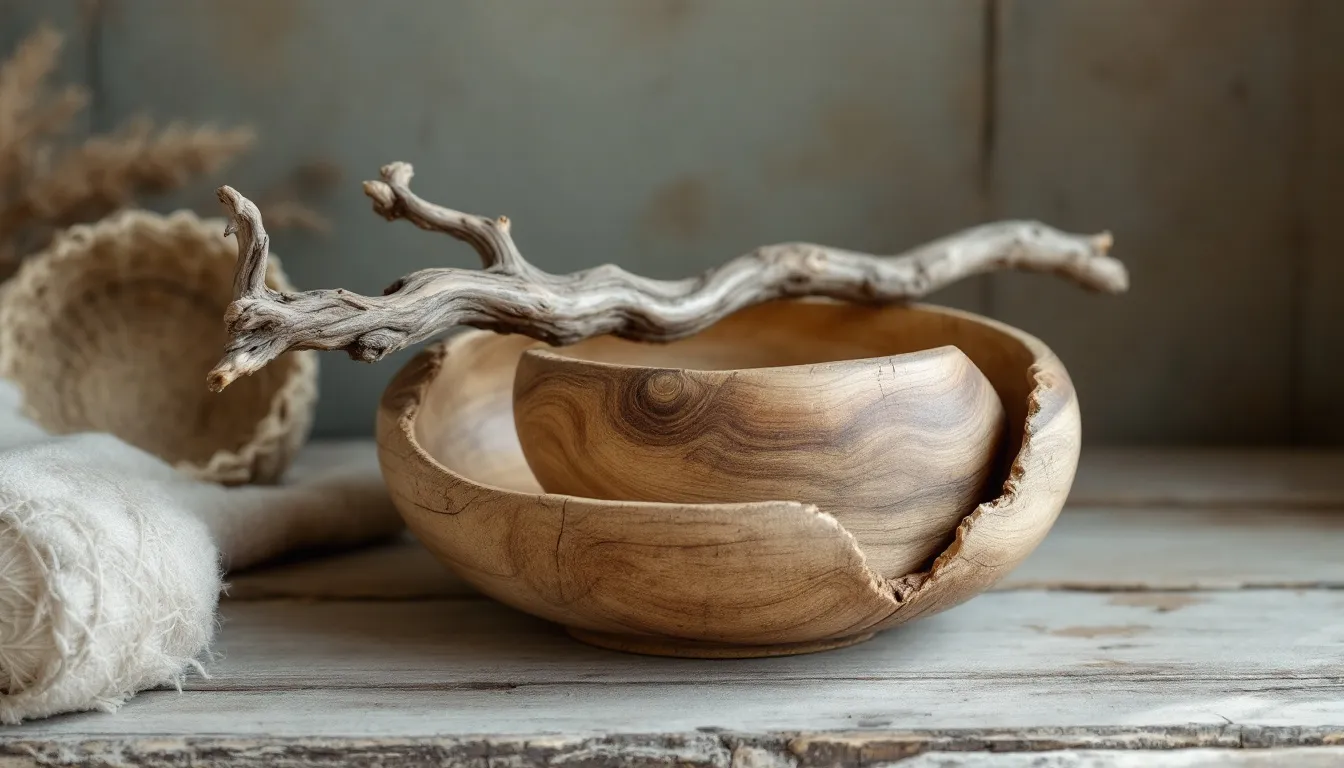
In the realm of Wabi Sabi art, the significance of materials and techniques cannot be overstated as they underscore the aesthetic appeal found in genuine, natural components.
Practitioners of this form employ a variety of substances including:
-
wood
-
ceramics
-
organic fibers
-
paper
-
creative mediums
These are harnessed to capture the very core of Wabi Sabi.
Handmade approaches that highlight each creation’s flaws and singular attributes are at the heart of traditional methods. This fosters a rich relationship with the discipline itself.
Delving into native elements and age-old practices enriches our appreciation for how these factors manifest art pieces emblematic of life’s fleeting, flawed beauty through Wabi Sabi.
Natural Materials
Wabi Sabi artworks hold a profound appreciation for the authenticity and earthly connection presented through natural materials. The celebrated imperfections in ceramics, like cracks and varying textures, enrich their unique character and narrate the tale of their origin. Likewise, with age, natural fibers such as cotton, hemp, and silk acquire an exclusive patina that contributes to their charm.
In traditional Wabi Sabi art, Japanese papers known as washi are respected for their tactile quality and inherent irregularities that infuse depth into the pieces they adorn. These organic flaws are integral elements that encapsulate both wabi – simplicity or austerity – and sabi – beauty or serenity from aging – within this distinct aesthetic paradigm.
Traditional Techniques
Wabi Sabi art is a form of expression that values the one-of-a-kind nature and personal touch found in handcrafted methods such as hand molding and painting. This approach to art acknowledges and even celebrates the inherent irregularities and flaws within materials, seeing them as unique characteristics rather than defects. By embracing each unpredictable brushstroke, Wabi Sabi techniques highlight the beauty of imperfections, allowing them to define the artwork’s distinctive identity.
The Beauty of Imperfection
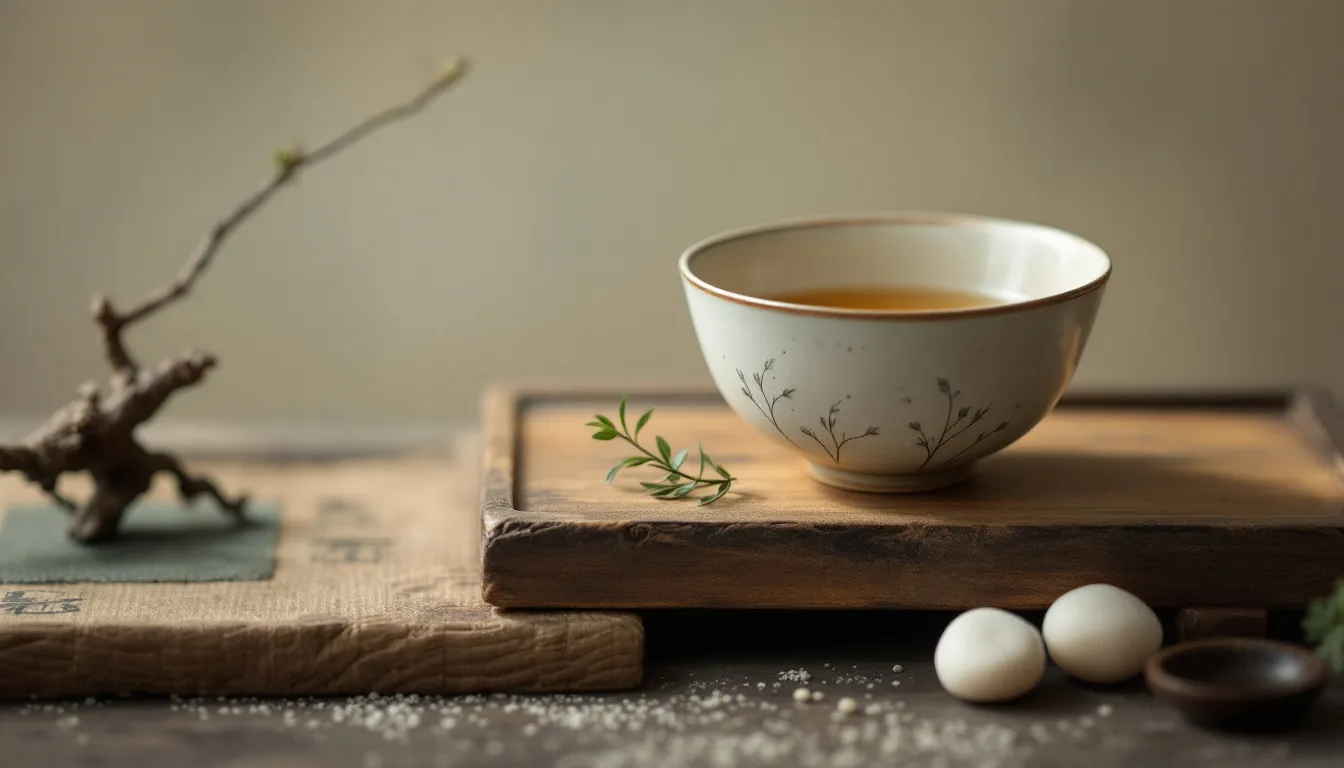
Wabi Sabi art embraces the charm of what is transient, flawed, and unfinished. Central to Wabi Sabi’s aesthetic are imperfection and transience, featuring organic materials that emphasize their distinct textures and inherent irregularities. This artistic expression converts surroundings into tranquil settings that accentuate life’s authentic, imperfect allure along with the natural progression of aging.
An exploration into how Wabi Sabi art exalts blemishes as well as eternal beauty is essential for a profound recognition of imperfection’s appeal.
Celebrating Flaws
Every flaw within the realm of Wabi Sabi art stands as a testament to its singular journey. Imperfections such as fissures and irregular contours enrich the artwork’s tale, underscoring its past and lending complexity to its essence. In pursuit of beauty, Wabi Sabi prizes asymmetry and individuality over an unattainable ideal of symmetry.
In line with Fukinsei’s tenet, there lies a celebration of unevenness and non-conformity that engenders equilibrium in artistic expression. To infuse your creations with the spirit of Wabi Sabi means to welcome these idiosyncrasies and inherent discrepancies, thereby elevating the tactile allure through surfaces designed for physical engagement and exploration.
Timeless Beauty
The art of Wabi Sabi honors the allure that comes with aging, highlighting the natural patina and signs of use objects gain as they age. This approach venerates the evolutionary process brought on by time.
Evoking a sense of peace and acceptance, Sabi art draws observers into contemplation of life’s ever-changing nature. It finds splendor in imperfections such as cracks, irregular surfaces, and asymmetry—each feature narrating its own unique tale.
Incorporating Wabi Sabi Aesthetics
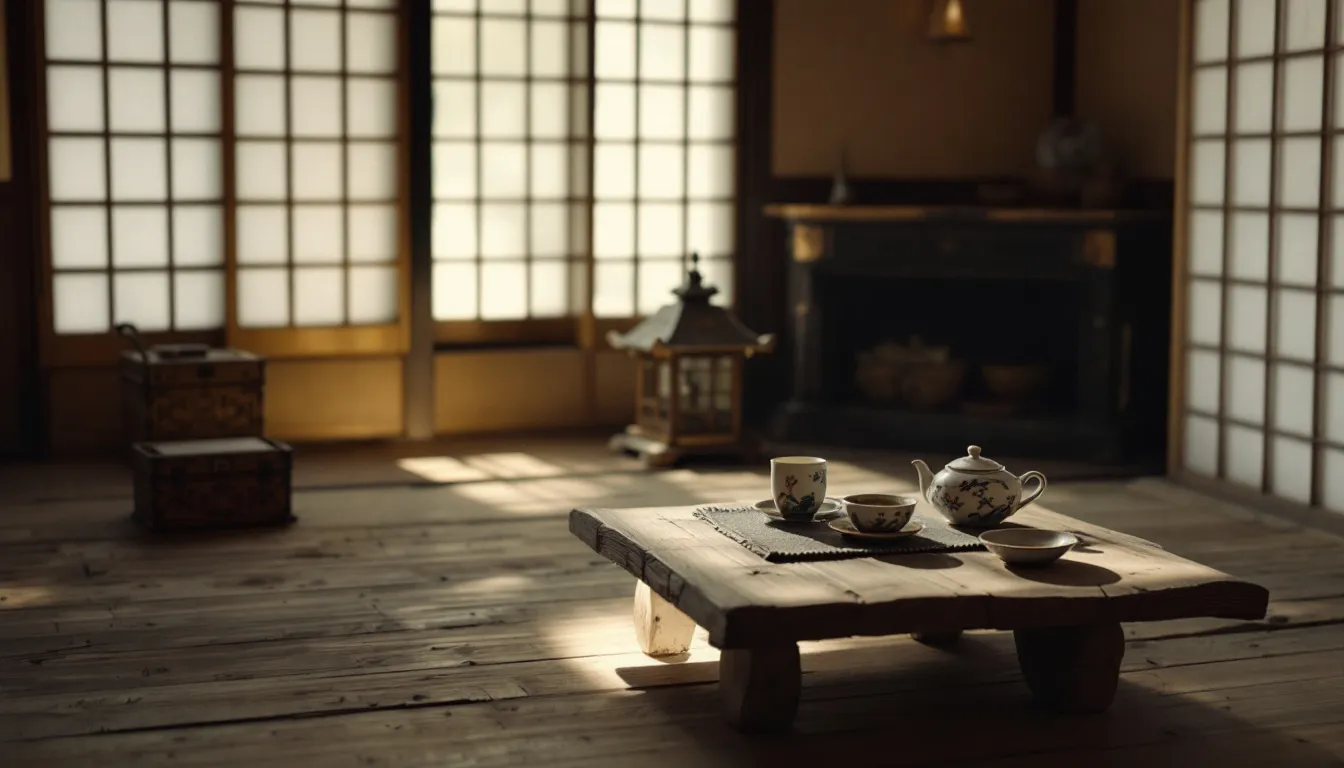
Embracing the philosophy of Wabi Sabi in your life means valuing simplicity, natural materials, and the act of creation itself. The essence of Wabi Sabi lies more in the artistic journey than in the finished piece. To cultivate a Wabi Sabi mentality, one should immerse oneself in various art forms, relish each moment’s experience, accept imperfections graciously, and have faith in where the creative process leads. Rather than adhering to rigid guidelines, artists are encouraged to rely on their innate instincts to resonate with this approach.
By prioritizing natural elements and understated elegance when curating spaces around you can capture an ambiance that truly encapsulates what it means to appreciate Wabi Sabi aesthetics.
Embracing Simplicity
Kanso emphasizes the significance of simplicity, urging the reduction of excess in design. The wabi sabi aesthetic values the innate character of materials and shapes, steering artists toward concentrating on fundamental components without superfluous adornments. This concept fosters humility and modesty, appreciating beauty inherent in simplicity and nature’s offerings.
Using Natural Elements
Utilizing materials from nature is a crucial aspect of cultivating an environment inspired by Wabi Sabi. For instance, incorporating plants can significantly augment the essence of Wabi and Sabi in any given area, appreciating both the inherent beauty and imperfections found within nature.
Such elements underscore the bond with our planet and encapsulate the genuine character that is intrinsic to art rooted in Wabi Sabi aesthetics.
The Philosophy Behind Wabi Sabi Art
The Wabi Sabi philosophy embraces an art form that fosters serenity in our relationship with ourselves and the act of creation. It acknowledges the impermanence of life, embracing the concepts that nothing is everlasting, complete, or flawless. This mindset aligns seamlessly with artistic endeavors, permitting exploration and self-expression.
By celebrating imperfections as vital components that enhance a piece’s overall appeal, Wabi Sabi art values these so-called imperfections. It appreciates natural aging markers like patina for their inherent beauty and narrative qualities. Grasping this ethos necessitates understanding acceptance and humility within one’s creative journey—fundamental aspects to fully embodying the essence of Wabi Sabi principles in life and artistry.
Acceptance and Humility
Wabi Sabi art embodies the core of Japanese aesthetic principles, highlighting the allure present in life’s fleeting and flawed moments. Recognizing and accepting flaws is a crucial element of Wabi Sabi art.
In their artistic endeavors, creators ought to cherish their present position and revel in the evolution, since embracing imperfections with humility constitutes the bedrock of the creative journey within Wabi Sabi art.
The Creative Process
The Wabi Sabi philosophy is fundamentally about the process rather than the final product. Wabi Sabi art making values presence in the moment and the significance of the creative journey. Developing a Wabi Sabi mindset involves exploring different artistic styles and trusting one’s intuition.
Mistakes are seen as opportunities for exploration and growth, aligning with the Wabi Sabi philosophy.
Wabi Sabi Art in Contemporary Spaces
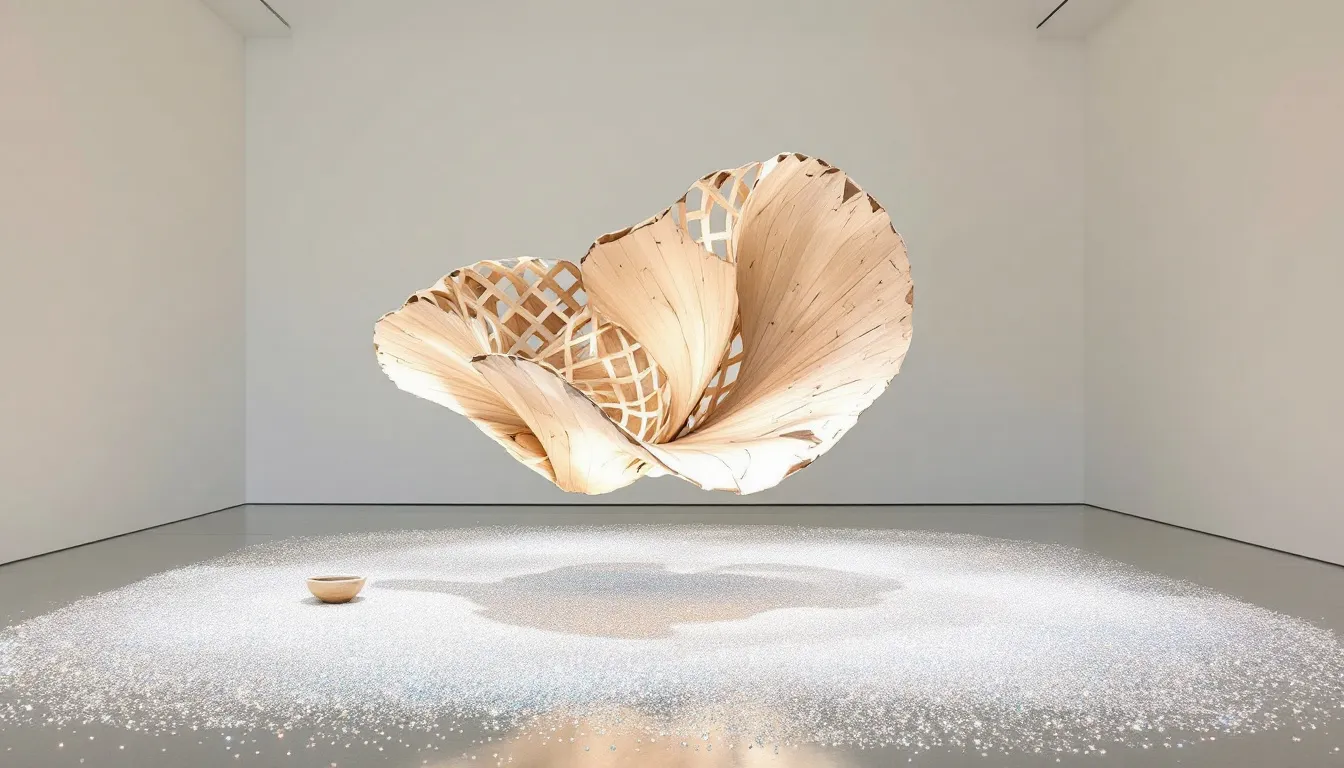
Wabi Sabi art welcomes the genuine character, storied past, and unrefined beauty of the world into modern settings. By incorporating Wabi Sabi artworks, one can create a space that embraces tranquility and authenticity through its natural flaws. This method encourages a state of contemplation and peace, enhancing areas such as living rooms and workspaces with an atmosphere that reflects true authenticity.
Delving into the integration of Wabi Sabi aesthetics within minimalist design and substantial art pieces offers valuable guidance on infusing contemporary interiors with this enduring philosophy.
Minimalist Decor
The aesthetics of Wabi Sabi are in harmony with minimalist decor, focusing on simplicity, texture, and the dynamic between light and shadow.
Wabi Sabi artworks such as paintings, wall art pieces, photographs, and sculptures can be acquired to enhance an area. They convey their unique essence by infusing spaces with character that brings a sense of history and depth.
Large Scale Artworks
In spacious areas, grand Wabi Sabi artworks can act as striking centerpiece features, augmenting the atmosphere by introducing a feeling of authenticity and stability to contemporary interior designs. Such pieces captivate onlookers and provoke reflection, infusing the space with added dimension and personality.
Why Choose Wabi Sabi Art?
Opting for Wabi Sabi art in your surroundings brings a tranquil and genuine atmosphere, enriching the space with distinctive qualities. The imperfections found within Wabi Sabi pieces are considered elements of their individual narratives, adding to each piece’s personal allure and importance. By embracing Wabi Sabi aesthetics, one emphasizes the singularity of each item and its history, thereby promoting an authentic sense of peace.
Concentrating on the genuineness and distinctiveness inherent in Wabi Sabi art—alongside the exclusive tales that accompany every creation—fosters a welcoming ambiance which celebrates beauty derived from imperfection.
Authenticity and Character
The art of Wabi Sabi celebrates the timeless beauty inherent in authenticity and character, infusing spaces with warmth and depth. It honors imperfections and textures, each piece narrating its own distinctive story that venerates the natural aging process.
Unique Stories
Every piece of Wabi Sabi artwork tells a distinctive tale via its individual imperfections, infusing the work with allure and meaning. The narratives are woven from the textures and flaws that give voice to each item, turning them into points of dialogue that mirror life’s unadorned realities.
Summary
Embracing Wabi Sabi art means finding beauty in the imperfect, the transient, and the incomplete. This philosophy encourages us to appreciate the natural aging process, celebrate flaws, and focus on the creative journey over the final product. By incorporating Wabi Sabi aesthetics into our spaces, we can create environments that reflect authenticity, serenity, and timeless beauty. Let the essence of Wabi Sabi inspire you to see the world through a lens that values simplicity, humility, and the unique stories told by each imperfection.









































